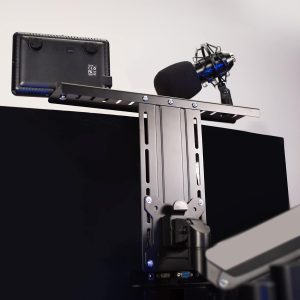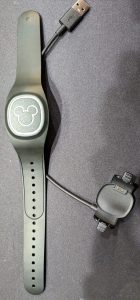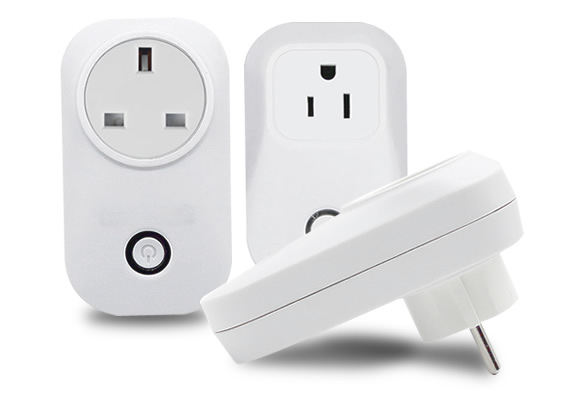Many of us are travelling more than we used to, but there is no reason we can’t have a great work setup while on the road.
This post serves as a packing list, among other things, for my travel gear. These allow me to be productive from anywhere. It’s a good opportunity to go over what I keep in my bag, and over time, talk more specifically about the items I keep in there and why.
- A Walmart Onn Android 4K TV puck – Powered by micro-USB, used for streaming in hotel rooms
- 2 Ainope Right Angle USB-C to USB-C 6 foot cables, braided 60W rating – any USB-C cables might do.
- 2 Baseus 100W retractable USC-C PD 5A 3.3 foot cable –
- EMEET USB Speakerphone for Live Streaming – Got this on sale, but you can’t get it anymore. Good because it is compact, and a webcam and speakerphone in one. I’m fine in the shortterm, but will look for alternatives to suggest.
- Charger for a Pinetime Watch – More on the Pinetime in future
- An Ikea LED USB lamp . – Some hotels do not have a desk light and this takes up almost no space.
- Generic USB/battery operated LED clock – I use my phone for alarms, but I honestly can’t be bothered to fiddle for it when I’m trying to sleep in a hotel room while experiencing jetlag. This was just the smallest clock with digits I could see without my glasses. About the size of a harmonica. There are dozens of these.
- 200W GAN USB C Charger Block, 4 USB-C PD ports, 4 USB-A ports – Can power everything with plenty of ports. I have one of these on my desk as well.
- The 65% K6 Keyboard…I wrote about my Keyboard search previously.
- Graffiti Fat Wrist Rest for small keyboards – Wrist rest for the keyboard
- Dierya Kemove X Keyboard Travel Case – To protect my keyboard while traveling.
- A GL.iNet travel router, right now I have the Slate Plus which was on sale, but there is a budget version available now, the Opal. There are advantages to the Slate Plus over the Opal…but for hotel trips, you can forego them. Having a travel router has a variety of advantages.
- A portable monitor – I have a few of these of various sizes and capabilities. A 15.6, and a 12. I can mix and match depending on the computer I’m bringing…laptop, mini PC, etc, to form a variety of different configurations. More on that in future. But, this either requires HDMI cabling, sometimes mini-HDMI, sometimes full-HDMI, plus USB power, or USB-C connections.
- Folding Laptop Stand – They don’t make the one I have anymore, but there are a lot of these. This unfolds, lifting the laptop up so I can place my keyboard below it. This assumes I bring a laptop, and not a mini-PC
- Trackball – I prefer a trackball to a mouse. My two favorites are:
- Logi M580 – this is a thumb controlled trackball that fits easily into a bag
- Kensington Expert Wireless Trackball – Also comes in a wired. This thing looks big because of the provided wrist rest, but is not that much bigger than the Logi M580, which I’ve taken on many trips.










